The Saint John Paul II Church in Páty, Hungary, crafted by Robert Gutowski Architects and completed in 2020, stands as a testament to the power of community-driven construction. Spanning almost two decades from inception to consecration, the church’s journey exemplifies dedication, perseverance, and communal spirit. Financed primarily through donations, this architectural marvel symbolizes the unwavering commitment of the local community to their spiritual home.
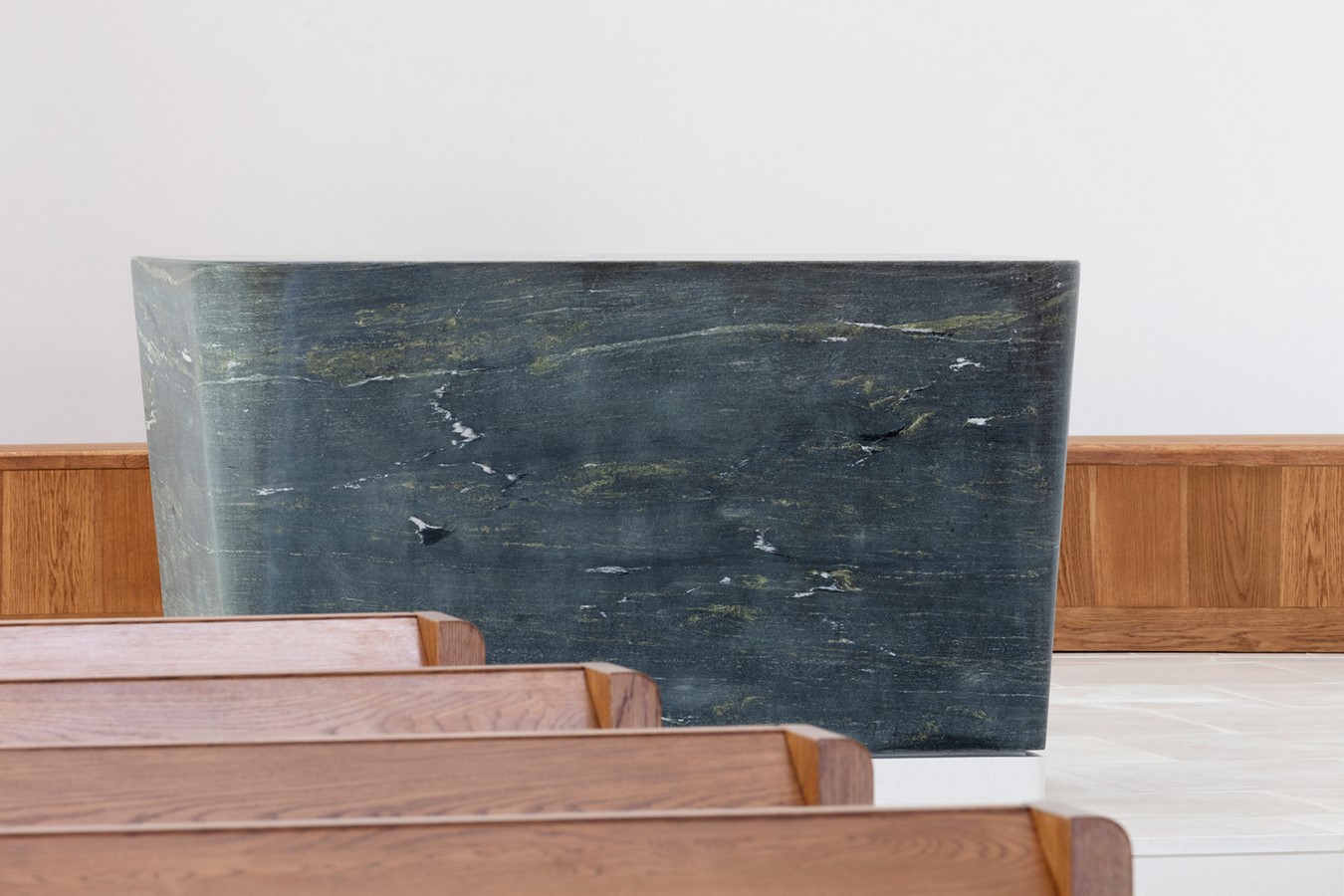
Integration into the Community
Nestled in a residential area near Budapest, the elliptical structure of the Saint John Paul II Church harmonizes seamlessly with its surroundings. Beyond its religious significance, the church serves as a multifunctional hub for communal gatherings, educational activities, and cultural events. Designed to cater to the diverse needs of the local community, the building’s unified floor plan encompasses communal spaces, event venues, guest accommodations, and administrative offices, all seamlessly integrated with the surrounding garden.
Innovative Design and Functionality
The design of the church space reflects a contemporary approach to religious architecture, emphasizing active community participation and inclusivity. Spatial organization converges towards a central focal point, blurring the distinction between the main nave and the sanctuary. Traditional elements of church architecture, such as the altar and the apse, are reimagined in a modern context, creating an atmosphere of reverence and spiritual contemplation.
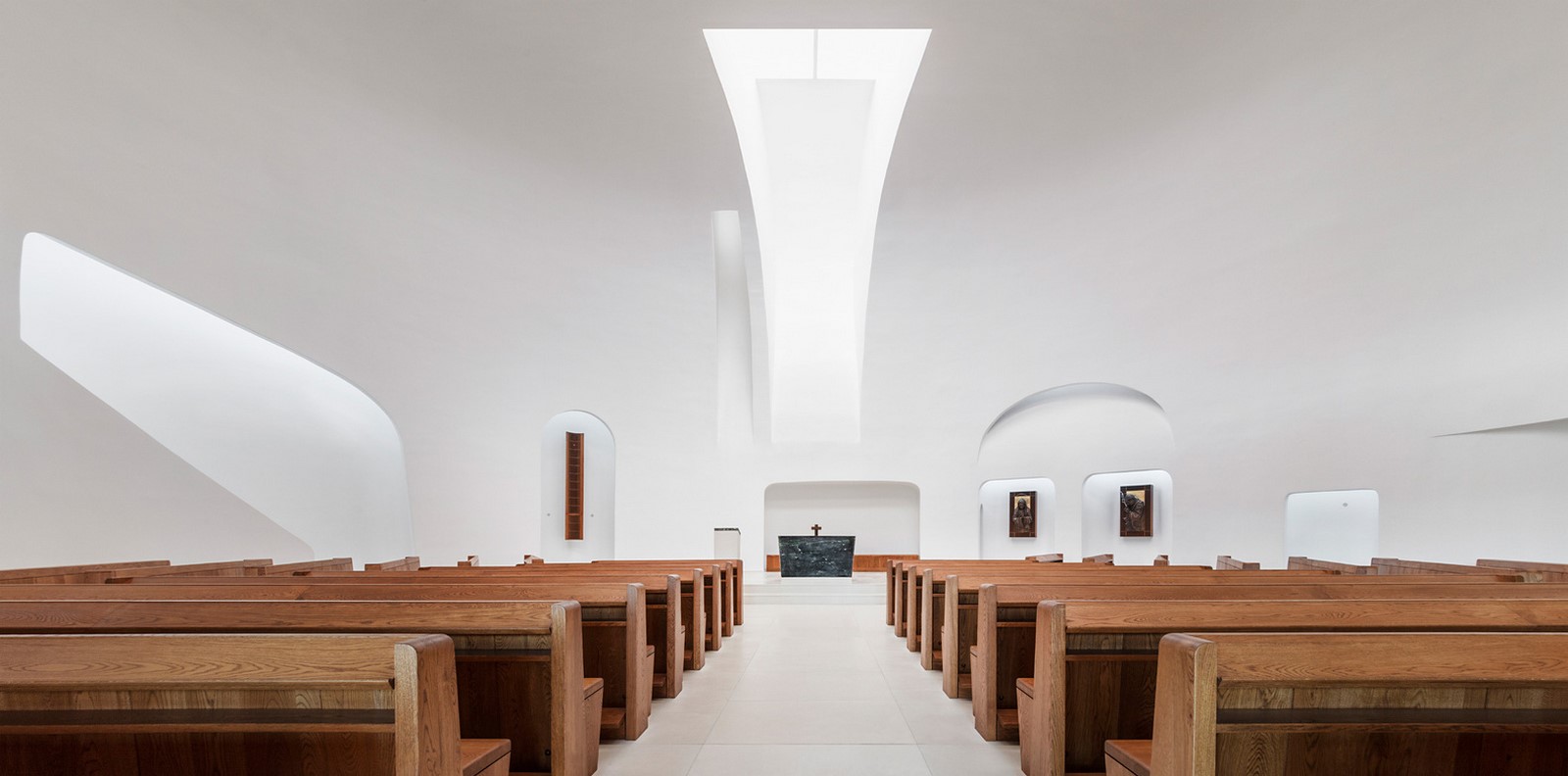
Architectural Highlights
The centerpiece of the church space is the green stone altar, bathed in natural light and exuding an aura of solemnity. The reinforced concrete dome, a technical marvel of construction, plays a pivotal role in shaping the ambiance of the interior, with diffused and directed lighting accentuating its sacral significance. The sculptural apse, characterized by a symmetrical translational surface, embodies architectural innovation and economic efficiency.
Community-driven Excellence
The construction of the Saint John Paul II Church underscores the transformative power of architecture within a community-driven framework. Through collaborative efforts and unwavering dedication, the local community has demonstrated that high-quality architecture can thrive independent of professional management and economic constraints. This architectural masterpiece not only serves as a spiritual sanctuary but also leaves a lasting legacy of communal solidarity and architectural excellence in Páty, Hungary.







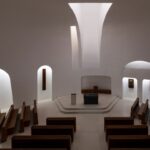

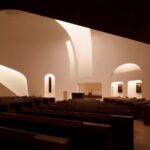




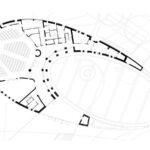
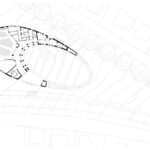
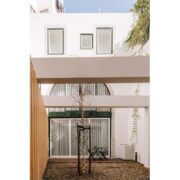
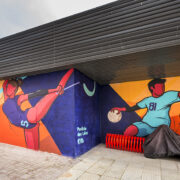



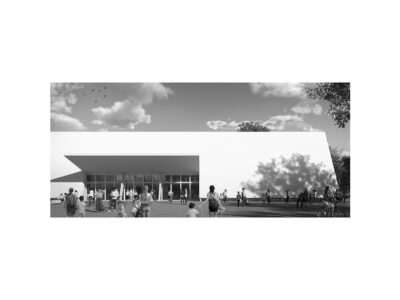
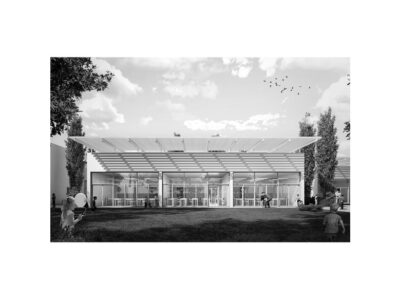

Comments